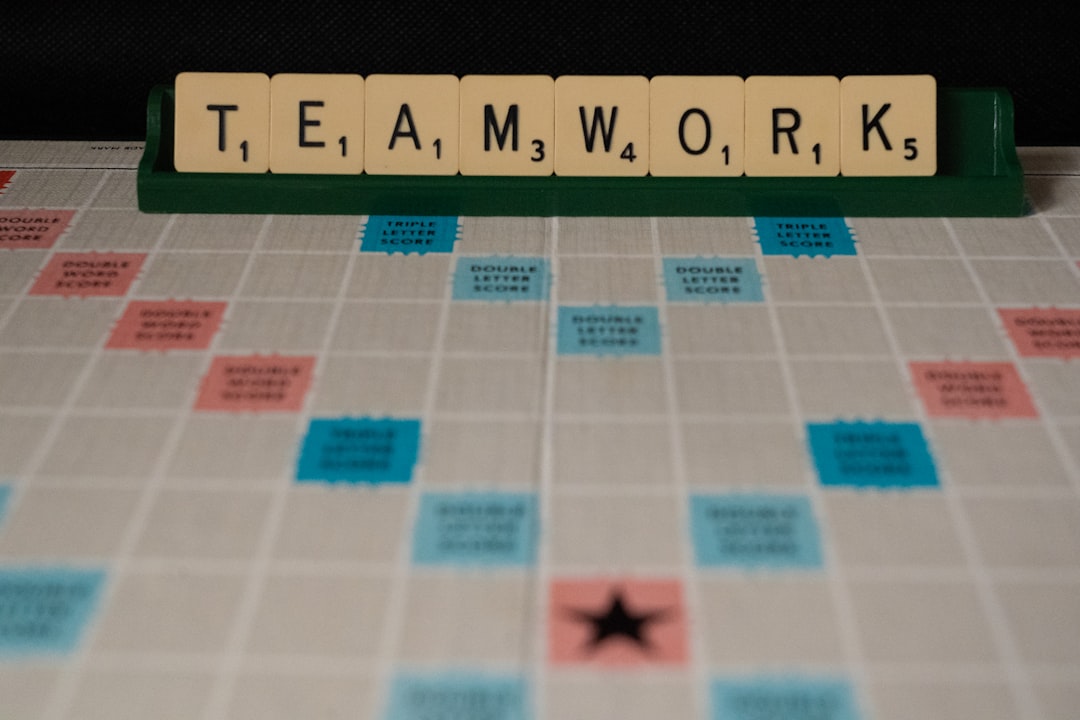SRE book notes: Communication and Collaboration in SRE
The one thing we can say about collaboration is that your chances of successful collaboration are improved by having more diversity in your team
These are the notes from Chapter 31: Communication and Collaboration in SRE from the book Site Reliability Engineering, How Google Runs Production Systems.

This is a post of a series. The previous post can be seen here:
Specialization is good, because it leads to higher chances of improved technical mastery, but it's also bad, because it leads to siloization and ignorance of the broader picture.
The one thing we can say about collaboration is that your chances of successful collaboration—and indeed just about anything else—are improved by having more diversity in your team. There's a lot of evidence suggesting that diverse teams are simply better teams [Nel14].
For collaborations outside the building, effectively working across time zones implies either great written communication, or lots of travel to supply the in-person experience that is deferrable but ultimately necessary for a high-quality relationship.
IMO, most companies can be categorized as in-person experience/communication. But there are companies where asynchronous communication and collaboration happen in a quiet efficient way. GitLab is one of those, where the emphasis is put on excellent written communication—the handbook is a good example.
During the pandemic, we’ve seen many companies trying to adopt home office and asynchronous communication and collaboration styles. Some are more successful than others. I do believe it’s possible to make an abrupt change like that, but things take some time to settle down because of the cultural shift.
Every time there is a debate around which choice to make on an issue, argue it out fully with the team but with a strict time limit. Then pick a solution, document it, and move on. If you can't agree, you need to pick some arbitrator that everyone respects, and again just move forward. Over time you'll build up a collection of these best practices, which will help new people come up to speed.
